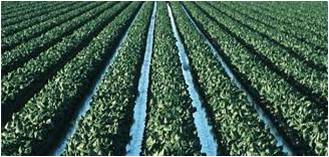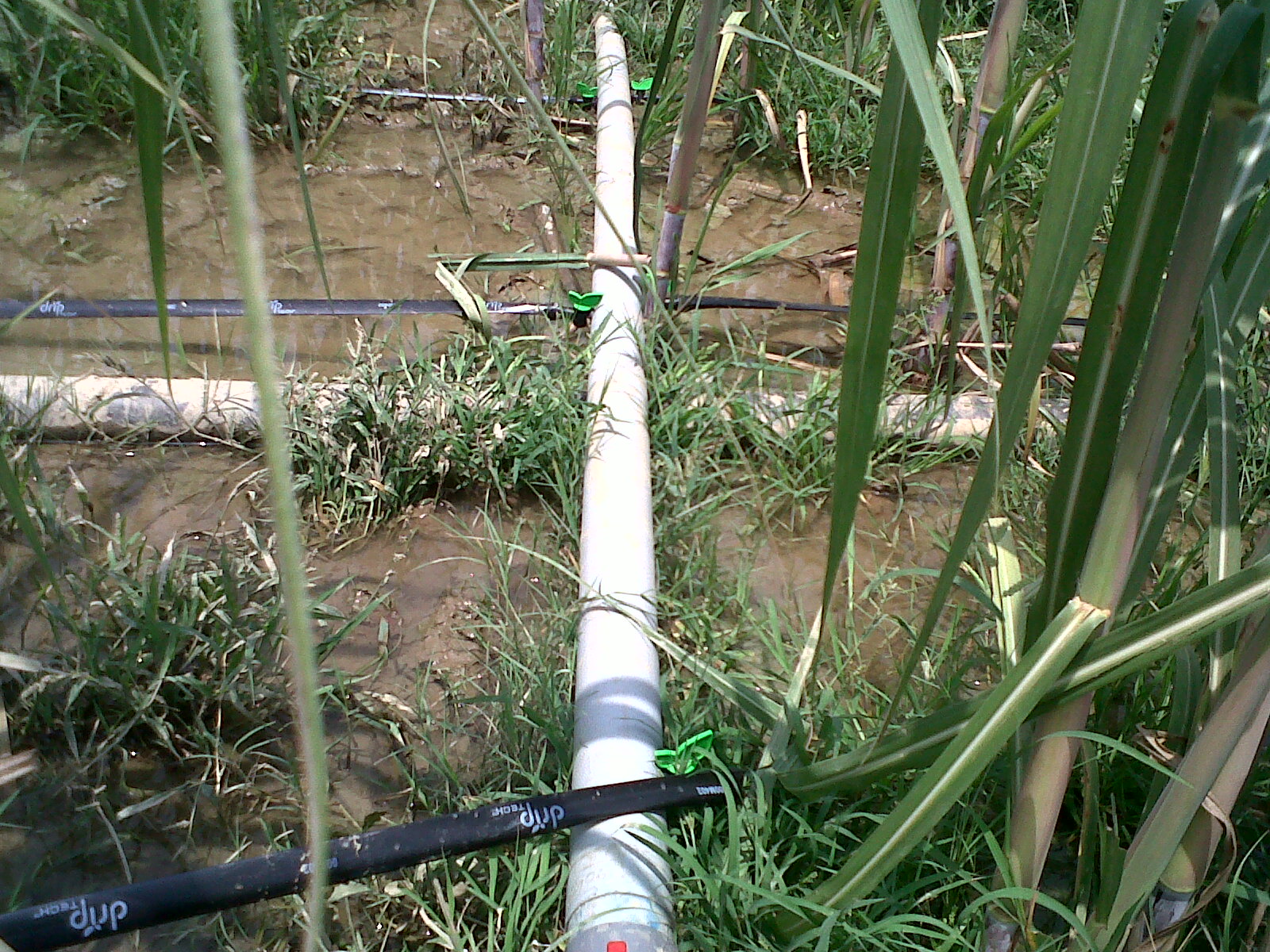An Overview Of Our Solution
- Population Impacted:
- Continent: Asia
Organization type
Population impacted
Size of agricultural area
Production quantity
People employed
Describe your solution
Describe your implementation
External connections
What is the environmental or ecological challenge you are targeting with your solution?
Describe the context in which you are operating
We are operating in 576 nos. of villages in our command area. Around 3 lac. population are in our direct or indirect contact. The total culturable land in our command area is around 62000 ha. and out of which 15% of land is canal irrigated and rest 85% is irrigated by bore wells & pumping set. More than 90% of population of our command area is dependent on agriculture. The major crop is sugarcane i.e. 71% area is under sugarcane cultivation & the main crop cycle is “Sugarcane Plant- Ratoon- Wheat “.
Farmers are also growing wheat , paddy & vegetables as sole crop and pulses , legumes & some vegetables like potato , cabbage etc. as inter-crop with sugarcane.
Water- By trash mulching around 120 million water is saved in last two year (2015-16 & 2016-17)
Food Security – By promoting inter cropping with sugarcane , the production of pulses & legumes has increased .
Nutrition- As the production of cereals & pulses increases resulted into adding these in daily diets of the population.
Economics- Earlier farmers are getting sugarcane yield of 400 qtls per hectare (2014-15) but now It has increased up to 480 qtls. Per ha. And which has resulted into upliftment of their socio economic condition.
Sustainable development- we are trying to improve the sugarcane yield from 480 qtls. Per hectare to 550 qtls. Per hectare by using modern agricultural technology and providing continuous training by experts.
How did you impact natural resource use and greenhouse gas emissions?
Language(s)
Social/Community
Water
Food Security/Nutrition
Economic/Sustainable Development
Climate
Sustainability
The economic sustainability is directly related with market based revenue. Sugar prices is the main factor for maintaining the economic sustainability for both millers & farmers. As the sugar prices goes down, the paying capacity of millers is also affected which ultimately affect the earning of farmers. Hence there should be equilibrium between cane prices & sugar prices.
Return on investment
Entrant Image

Entrant Banner Image

